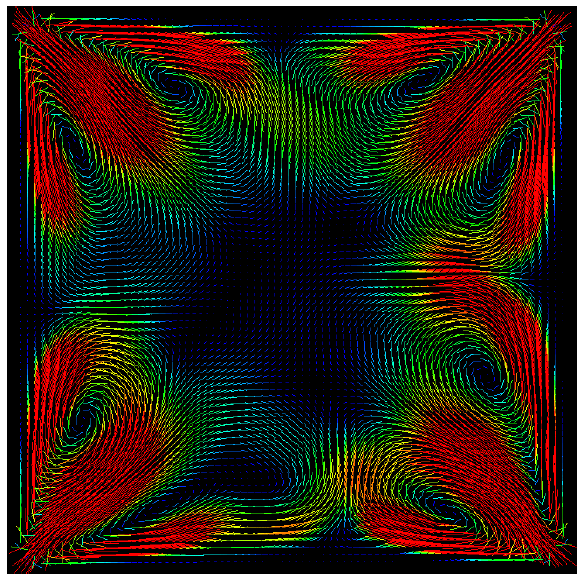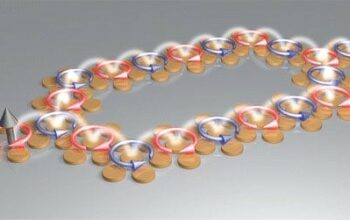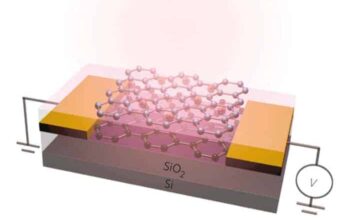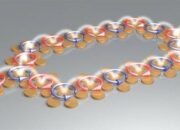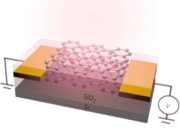In the realm of condensed matter physics and materials science, the study of complex fluids has emerged as a captivating field that continuously challenges our conventional understanding. These substances, which defy traditional fluid dynamics, can exhibit a bewildering array of behaviors that provoke both fascination and intrigue. Within this domain, recent research has illuminated the existence of new phases of matter that not only expand the existing taxonomy of fluid mechanics but also promise profound implications for various applications, ranging from industrial processes to biological systems.
Understanding Complex Fluids
Complex fluids, by their very nature, comprise heterogeneous mixtures that can entail varying concentrations of solid particulates, polymers, or surfactants. Examples abound in our daily lives, from the viscous allure of honey to the thixotropic properties of certain paints. The intricate interactions that govern the behavior of these fluids—often characterized by non-linear responses to applied stresses and time-dependent properties—serve as a breeding ground for novel phenomena.
Historically, complex fluids have been categorized into several categories, such as colloidal suspensions, emulsions, foams, and polymer solutions. Each class exhibits its unique attributes that enable them to function under a myriad of physical conditions. Despite their varying characteristics, a common thread persists: the presence of interacting constituents that induce emergent behavior, making the study of complex fluids a rich tapestry for scientific inquiry.
Unveiling New Phases
Recent advances have propelled the discovery of new phases within complex fluids that tantalizingly defy intuitive classification. The introduction of terms such as “active fluids” and “living crystals” has sparked enthusiasm within the scientific community. Active fluids, for instance, are systems composed of self-propelling units that extract energy from their surroundings. This collective motion results in striking patterns and dynamic behaviors that challenge traditional thermodynamic descriptions.
One remarkable development in this area is the analysis of these fluids on the microscopic scale, revealing self-organization phenomena leading to structures previously thought impossible. In essence, the fluid itself becomes a dynamic participant in the aggregation process, coalescing to form transient structures that resemble solid-like states while retaining their fluidic nature.
The Physics of Unconventional Behavior
At the heart of these new phases lies non-equilibrium statistical mechanics, which serves as the theoretical underpinning for understanding the erratic behaviors exhibited by complex fluids. Unlike equilibrium systems, where the distribution of particles remains stable, non-equilibrium environments foster continual fluctuations and transformations. This leads to emergent properties that challenge our traditional understanding of phase transitions and critical phenomena.
Moreover, insights gleaned from topological concepts, such as defects and vortices, play a vital role in elucidating the behavior of these systems. When integrating these ideas into the analysis of complex fluids, researchers can gain a deeper understanding of how flow behaviors can be manipulated or optimized, thus opening up a plethora of experimental avenues for further exploration.
Application in Real-World Systems
The implications of discovering new phases of complex fluids extend far beyond theoretical contemplation. Industries reliant on formulations—such as cosmetics, pharmaceuticals, and food technologies—stand to benefit tremendously from enhanced understanding and control over these fluidic properties. Tailoring the microstructural characteristics of complex fluids can yield remarkable advancements in material performance, stability, and functionality.
In biological contexts, the advent of harnessing active fluids may revolutionize techniques in drug delivery systems. The exploration of self-propelling carriers capable of navigating complex biological environments could significantly enhance therapeutic efficacy while minimizing side effects. Similarly, understanding the behavior of these novel fluids in biological systems serves to deepen our insight into diseases characterized by anomalous fluid dynamics, such as Alzheimer’s or other neurodegenerative conditions.
Future Directions in Research
As the boundaries of our knowledge expand, future research endeavors will undoubtedly focus on unraveling the intricacies of complex fluids—unveiling new phases and associated phenomena that remain to be understood. High-throughput experimental methods combined with sophisticated computational techniques represent a path forward, offering the potential to rapidly quantify properties across a host of complex fluids. This comprehensive approach will yield data-driven insights that could inform the development of predictive models—ultimately empowering scientists and engineers alike.
Additionally, interdisciplinary collaboration between physicists, chemists, and biologists is essential for translating fundamental discoveries into tangible applications. By fostering dialogue across different domains, the observed phenomena can be contextualized into broader scientific frameworks, thereby enriching our collective understanding of complex fluids.
Conclusion
The pursuit of knowledge surrounding complex fluids is laden with promise and intrigue. New phases that defy intuition invite us to reconsider pre-existing paradigms, unlocking doors to innovative applications in various sectors. As we continue to delve deeper into this fascinating terrain, the rich interplay between theory and experimentation will undoubtedly lead to pivotal breakthroughs. Such advancements not only deepen our understanding of the natural world but also provide a tantalizing glimpse into the future of technology where these enigmatic fluids can be harnessed to enhance our everyday lives.
